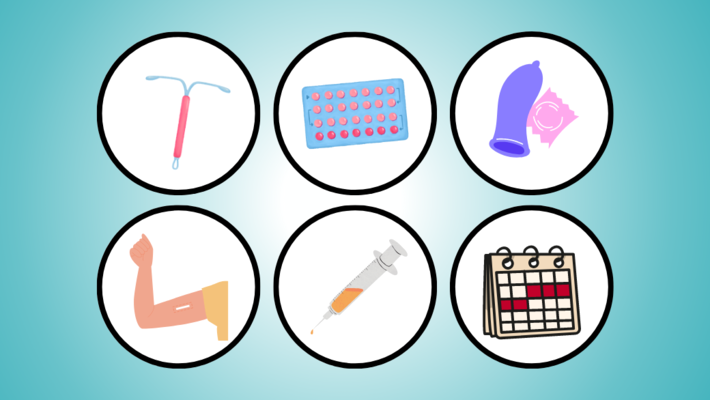What birth control method do you use, what is the percentage chance of you getting pregnant?
Health News
What birth control method do you use, what is the percentage chance of you getting
Birth control is a method used to prevent pregnancy by preventing the fertilization of an egg or the implantation of an embryo in the uterine lining. There are various methods of birth control available, and each method has a different percentage of pregnancy failure.
- Intrauterine device (Very low failure rate, around 0.01-1%): It is a small medical device inserted into the woman's uterus to create an unfavorable environment for embryo implantation. It is highly effective in providing temporary contraception.
- Combined oral contraceptives (Failure rate of 1-9%): These are birth control pills that contain a combination of two hormones, estrogen and progestin. They work by inhibiting ovulation and making it difficult for sperm to reach the egg. They are typically taken for 21 days, followed by a 7-day break before starting a new pack. Some packs contain 28 pills, with the last 7 pills being placebo or reminder pills. It is important to consult a doctor or pharmacist before using hormonal pills, as they may not be suitable for certain individuals or those with specific health conditions.
- Male latex condom (Failure rate of 2-18%): Condoms are highly effective in preventing both pregnancy and sexually transmitted infections when used correctly. They are a popular and accessible form of contraception.
- Contraceptive implant (Very low failure rate, around 0.01-0.5%): It involves the use of a single hormone, progestin, which is inserted into a small plastic rod or tube. The implant is placed under the skin, typically in the upper arm, and slowly releases hormones to suppress ovulation and thicken cervical mucus, thereby preventing pregnancy.
- Injectable contraceptive (Failure rate of 1-9%): It is a temporary contraceptive method that involves receiving a hormone injection into the muscle. The injection is typically administered every few months as prescribed by a healthcare professional. It is a convenient and effective method of birth control.
- Safety period (Failure rate can be as high as 24%): Fertility awareness-based methods involve tracking menstrual cycles to determine fertile and non-fertile periods. The "7-day rule" is a common approach where the woman counts 7 days before and after the estimated ovulation day and considers those 14 days as "safe" for unprotected intercourse. However, this method requires consistent and accurate tracking, making it less reliable for individuals with irregular menstrual cycles or significant variations in cycle length.
It is important to note that the effectiveness and failure rates mentioned above are general estimates and may vary depending on individual circumstances and the correct use of the chosen method. It is recommended to consult a healthcare professional or a specialist in reproductive health to discuss and determine the most suitable birth control method for you.
Source: Women's Health Advocacy Foundation

Follow Our Social Network


